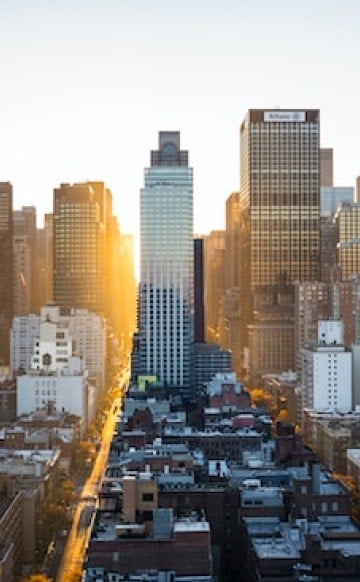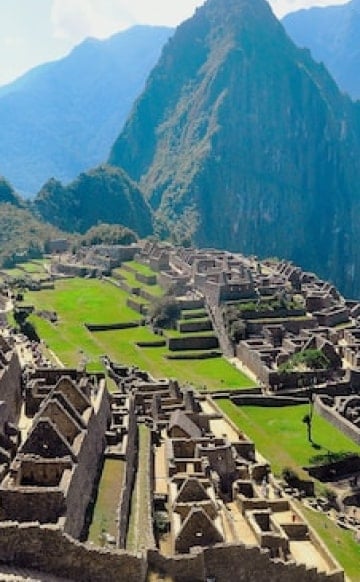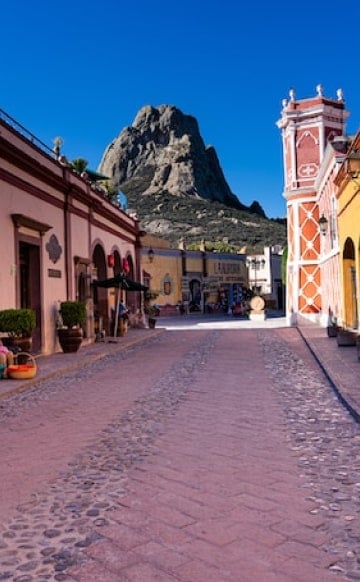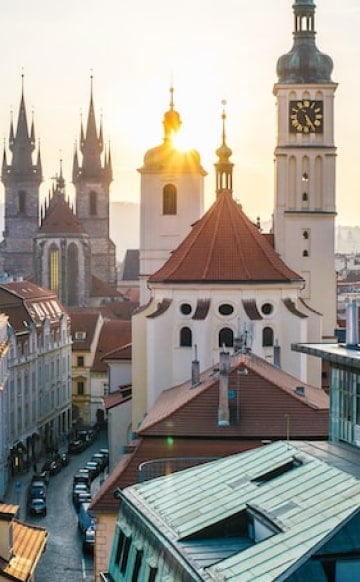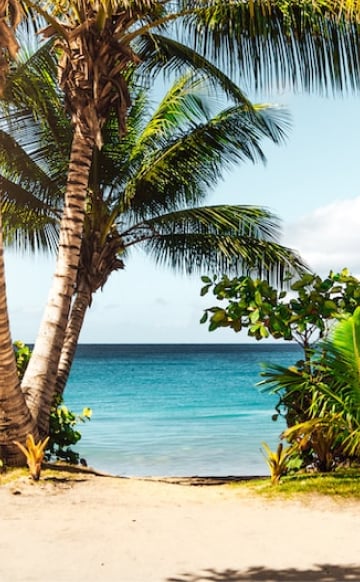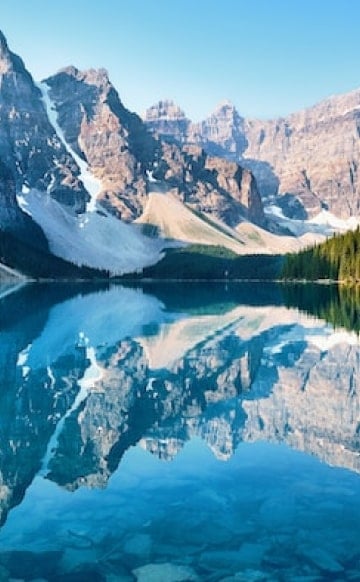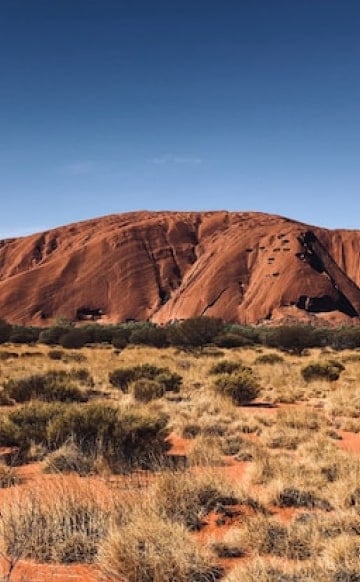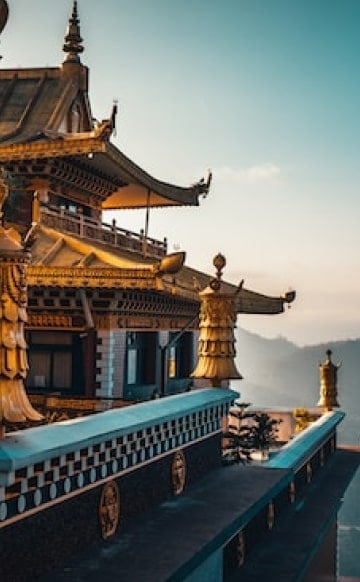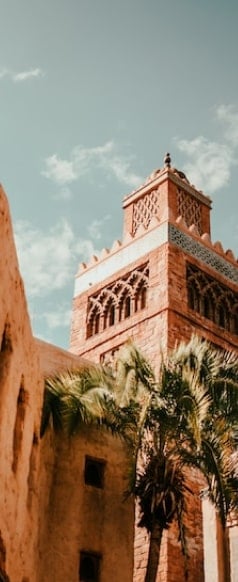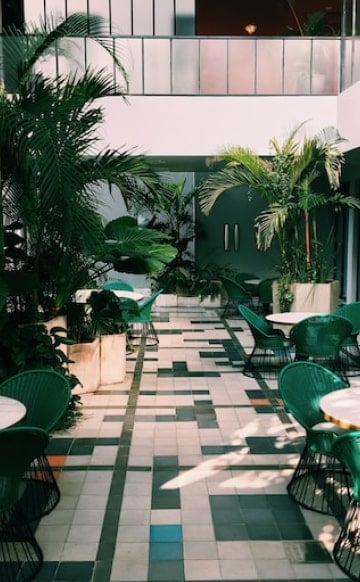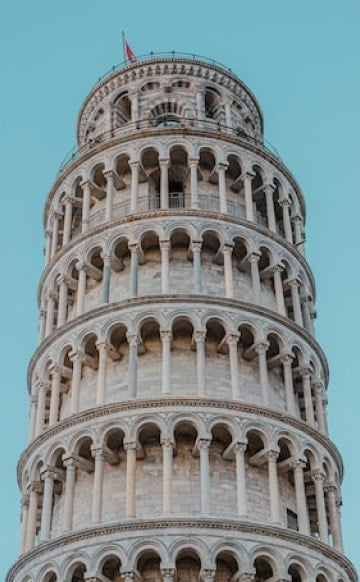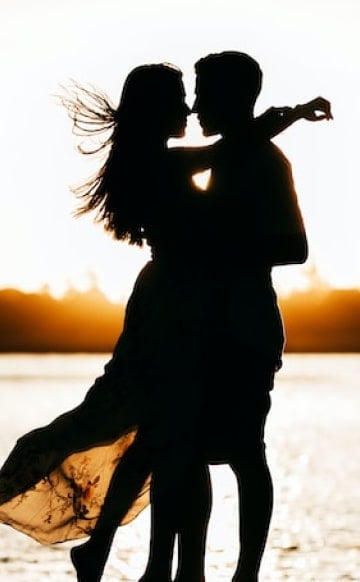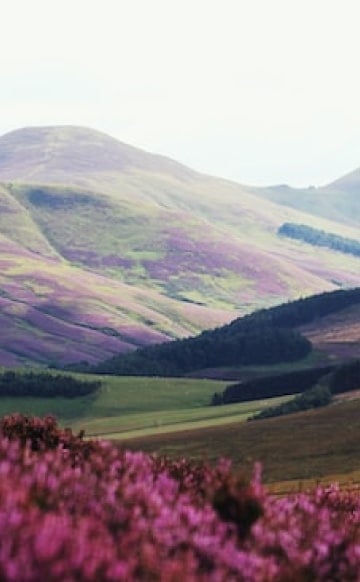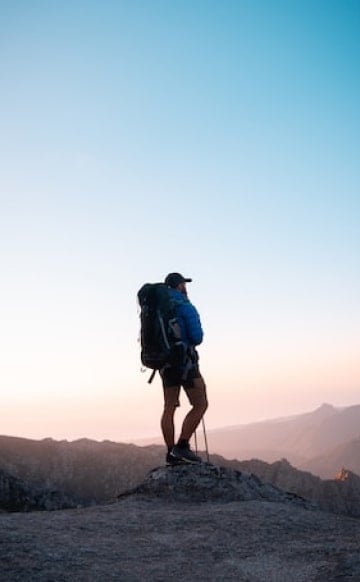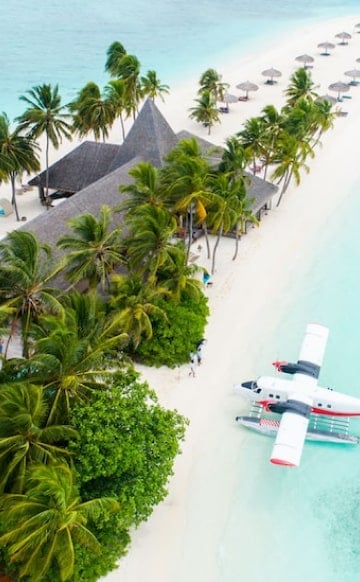Cuba is fast becoming one of the hottest travel destinations in the world, but you should go sooner rather than later if you hope to see it before it changes, before Starbucks, McDonald’s or even Walmart moves in. And, when you arrive, you won’t have any worries when it comes to fun things to do. Consider these great options among the nearly endless possibilities.

Cruise Havana in a Classic Car
What Is It? In Cuba, you’ll see American cars from the 1930s, ’40s and ‘50s in mint condition cruising just about every street throughout Havana and beyond.
Why Do It? Exploring the city in a vintage vehicle is an amazing way to see the sights, and you can jump in one and enjoy a guided tour right from the airport through a number of different operators. Arriving in Havana is like stepping out of a time machine and into the 1950s, where you’ll be surrounded by the slightly faded beauty and elegance of colonial facades that have barely changed over the decades.
Good to Know: Seeing the historic squares and grand architecture from an old classic add to the experience and is a great way to get a layout of the city while learning about its landmarks and history from the tour guide.

Stroll The Malecon at Sunset
What Is It? The Malecón is a five-mile-long seawall that runs along Havana’s Atlantic-facing coast.
Why Do It? Considered one of the most quintessential and soulful thoroughfares in the country, it’s long been a popular meeting place for sunset viewers, philosophers, lovers, traveling minstrels, fishermen and more. The atmosphere is at its best around sunset when the golden light that touches the buildings providing an especially surreal look.
Good to Know: It’s the place to be from sunset to sunrise, so stick around and you can enjoy sipping rum to the sounds of eclectic music beats and the crashing waves.

Sample Street Food
What Is It? Food options have vastly improved in recent years throughout Cuba, and its robust culture of street food particularly speaks to the history of the nation.
Why Do It? Dishes are flavored by the assorted influence of migration and previous conflicts, resulting in an eclectic mix of Caribbean, Spanish and African cuisine – and, one of the best ways to learn about Cuba’s complex heritage is through your stomach. Small businesses have been popping up all over city streets, with many focusing on street food.
Good to Know: Fried food is a Havana staple, and you’ll find plenty of deep-fried options, including cassava chips (also known as yuca frita), which are similar to french fries, along with pork burgers, coconut pies, goat stew and Hawaiian pizzas, which look like a pizza, but are eaten like a taco.

Experience the Cultural Capital: Santiago de Cuba
What Is It? Cuba’s romantic “second city,” sits at the eastern end of the Sierra Maestra, the largest mountain range in the country.
Why Do It? While it’s often overlooked, this cultural capital is truly not one to be missed, with its rich colonial heritage evident throughout its historical core – though its main draw is the music. The regional scene is vibrant all year long, but it becomes even more so in July when the city hosts the Fiesta del Caribe and the sounds of rumba beats and song, along with fantastic costumes, can be enjoyed throughout the streets.
Good to Know: No matter when you visit, you’re sure to experience some of Cuba’s very best dancers and musicians. Cespedes Park is considered the center of the action, flanked by the magnificent Cathedral Church.

Go Diving or Snorkeling on Treasure Island
What Is It? This enchanting island that’s officially called Isla de la Juventud, or Isle of Youth, is said to have inspired the famous novel of Robert Louis Stevenson that was written right here, which is why so many refer to it today as Treasure Island.
Why Do It? It offers access to one of the biggest coral reefs in the world for premier diving and snorkeling among a bounty of marine life. Explore the wrecks of pirate ships, swim with friendly sea turtles and big barracudas, as well as the multitude of multi-cored tropical fish and coral that inhabit the area. Manatees and crocodiles ply the mangrove-lined channels of the isle as well.
Good to Know: The area known as El Colony, off the Isla de Juventud, hosts some 56 different dive sites as part of the Punta Frances national marine park.

Walk Through the Past in Trinidad
What Is It? The “museum city” of Cuba, is a meticulously-preserved town founded in 1514 as the center of the sugar trade that feels as if it was frozen in time.
Why Do It? Offering an incredible glimpse into the past, time seems to have stood still in the late 19th century, and today locals still ride horses down the cobbled streets. You’ll find everything from sprawling colonial palaces and picturesque plazas to sugar mill ruins and old slave barracks. Soak up the spectacular Spanish colonial architecture and explore elegant mansions that have been transformed into museums.
Good to Know: When you’re ready for a break, stop in at one of the rooftop seafood restaurants, and enjoy listening to the local musicians play the afternoon away before taking a peek into the small galleries that show off the work of local artists. Of course, you won’t want to miss picking up a famous Cuban cigar at the local cigar shop either. Afterward, enjoy relaxing on one of the pristine, powdery white sand beaches in Casilda Bay, or snorkeling through the crystal clear waters.

Check Out Havana's Live Music Scene
What Is It? Spanning the spectrum from traditional son to high culture, experiencing Havana’s live music scene is a must.
Why Do It? Visit the famous La Zorra y El Cuervo, or pop into the Association of Cuban Writers and Writers where you might just hear a Grammy winner on the sax. The Tablao de Pancho hosts a supper show with old-time singers belting out songs from Buena Vista Social Club, while salsa is on top at the Casa de la Música, a popular spot for lessons too.
Good to Know: Check out the Conjunto Folklorico Nacional, where you’re sure to be wowed with traditional Afro-Cuban dance – and be sure to put the Tropicana on your list as no visit to the city would be complete without taking in its sexy cabaret show.

Be There For El Morro's Cannon Ceremony
What Is It? El Morro dates back to 1630 and was the first defensive fortress put in place by the Spanish crown.
Why Do It? Perched on the promontory on the opposite side of the harbor from Old Havana, it can be seen from miles around as it dominates the port entrance. The largest fort built by the Spanish in the Americas, it was also used as a prison for many years but now serves as a popular spot for sunset viewing and the seat of the cannon shot ceremony.
Good to Know: The event takes place each night at 9pm and reminds visitors of the time when Havana was a walled city where a cannon was shot every day at dawn and dusk to signal the opening and closing of its gates.

Climb Torre de Manaca Iznaga
What Is It? Valley of the Sugar Mills, known locally as Valley de los Ingenios, is a remarkable testimony to the development of the sugar industry in Cuba.
Why Do It? A living museum of Cuban sugar production, it includes the sites of 75 former cane sugar mills, plantation houses, barracks and other facilities related to this vulnerable industry, which has witnessed a gradual and progressive decline.
Good to Know: You can enjoy amazing views of the valley by climbing to the top of Torre de Manaca Iznaga, a nearly 150-foot-high former slave watchtower by an old plantation house-turned restaurant. At the foot of the tower, you’ll see the large bell that sounded a warning if a slave tried to escape as a reminder of its sobering past.

Follow In Hemingway's Steps
What Is It? Havana is well-known as the city where literary figure Ernest Hemingway spent much of his time during the 1940s and ‘50s, and today visitors can relax in some of the same bars where the famous author once drank.
Why Do It? Some of his favorite haunts include El Floridita, where little has changed from the days he was often seen at the bar with Errol Flynn or Gary Cooper sipping a daiquiri, or three. As a connoisseur of the Cuban-born cocktail, he always preferred a seat at the bar to a seat at the table.
Good to Know: Your next stop might be for a mojito at La Bodeguita del Medio followed by a visit to Hemingway’s suite at the Hotel Ambos Mundos where he penned part of For Whom the Bell Tolls.

Get a Historical Context of Modern Cuba at the Museum of Revolution
What Is It? Housed in a former presidential palace, the Museo de la Revolucion (Museum of Revolution) is one of the most popular attractions in Havana.
Why Do It? It offers a fascinating, but partisan, look into Cuba’s political past, through detailed exhibits that trace the events that led up to Castro gaining control of the country. There are historic photos, period firearms, models of battles, a life-size wax statue of Che Guevara and Camilo Cienfuegos, a massive revolutionary mural, among many others.
Good to Know: Outside is the Granma, a 12-person cabin cruiser. In 1956, 82 exiled rebels, including Guevara and both Castro brothers, came perilously close to sinking the overcrowded yacht during their return to Cuba. In fact, the Castros and Guevara were just three of the 12 survivors.

Explore Castillo de la Real Fuerza
What Is It? The “Castle of the Royal Fort,” is one of the most popular attractions in Old Havana and the oldest of the city’s three forts that is still standing.
Why Do It? It’s also considered to be the oldest stone fort in the Americas. Built in the 16th century by Spanish authorities to defend Havana from invasion from rival powers and pirate invasions, the castle fort now hosts a café, gift shop and an outstanding maritime museum.
Good to Know: The museum contains a number of exhibits focused on the country’s maritime past from pre-Columbia days through the 18th century with the Royal Shipyard of Havana, which built nearly 200 ships for the Spanish Crown.

Sip Mojitos in the Place It Was Invented
What Is It? La Bodeguita del Medio is one of the best spots in the entire country for a drink, mostly because of its celebrated clientele that’s included the likes of Ernest Hemingway and other celebrities, and because it’s considered to be the birthplace of the mojito.
Why Do It? You may have seen James Bond sipping one in “Die Another Day.” Its fresh combination of rum, mint, lime, sugar, sparkling soda, and lots of ice, was created to invigorate the long sunny days and hot nights and has become one of Cuba’s cultural icons.
Good to Know: Still holding Hemingway’s steps, the traditional bar has become one of Havana’s top attractions – in addition to its intriguing Mojito culture, you’ll enjoy fantastic music, an authentic Cuban atmosphere and see Errol Flynn’s and Nat King Cole’s signatures on the wall alongside the famous quote: “My mojito in La Bodeguita, My daiquiri in El Floridita,” which was engraved by Hemingway himself.

Take a Hike
What Is It? You can walk in the footsteps of the revolutionary army too, by taking a trek to the highest peak in Cuba, the nearly 6,500-foot-high Pico Turquino in the Sierra Maestra Mountain Range.
Why Do It? Along the way, look for Castro’s hideout in the foothills and learn how the rebels survived while being hunted by Batista’s troops. It takes a good two to three days – although the round trip distance is just 16 miles, it’s rather steep heading up, which makes the going slow.
Good to Know: Other hiking gems include the Sierra del Rosario and Viñales areas of Pinar del Río province, around Baracoa in Guantánamo and the tranquil peaks above the Embalse Hanabanilla reservoir.

Catch a Baseball Game at Estadio Latinoamericano
What Is It? With a capacity of 55,000, Estadio Latinoamericano is as big or bigger, than many major league baseball stadiums in the U.S.
Why Do It? One of the most celebrated ballparks in the world, the 70-year-old stadium now has fresh paint, glistening grass in the outfield and infield, rebuilt dugouts and renovated clubhouses, living up to its nickname, the “Grand Stadium of Havana.” The home team, Los Industriales, is the Yankees of Cuba, with more league championships behind them than any other team and are usually the favorite every season, which runs from late October to April, with playoffs through May.
Good to Know: If you’re a baseball fan attending a game is a must, but even if you aren’t, it will give you the chance to mingle with the locals for a more authentic experience.

Dine at a Paladar
What Is It? In recent years, an exciting new wave of private restaurants have swept through Havana, and beyond. Known as a paladar, these are local, Cuban eateries that are run out of the owner’s home.
Why Do It? They’ve radically altered the dining experience, in Havana particularly, with a wealth of outstanding options, along with especially atmospheric surroundings. San Cristobal, one of the top paladars in Cuba, manages to transport patrons to the lost worlds that persist still in the works of Lezama. Set inside a lived-in space on the bottom floor of an early 20th-century mansion amid lots of clutter, from old books that sit atop elegant antique furniture and classic record covers to religious artifacts, stepping in, you know you’re in for something unique.
Good to Know: This eccentric, friendly paladar is ideal for those who want to sample Cuba’s burgeoning food scene with a delicious taste of colonial Cuba in carefully-composed shrimp, cerdo asado, lobster, malanga and yucca dishes.
